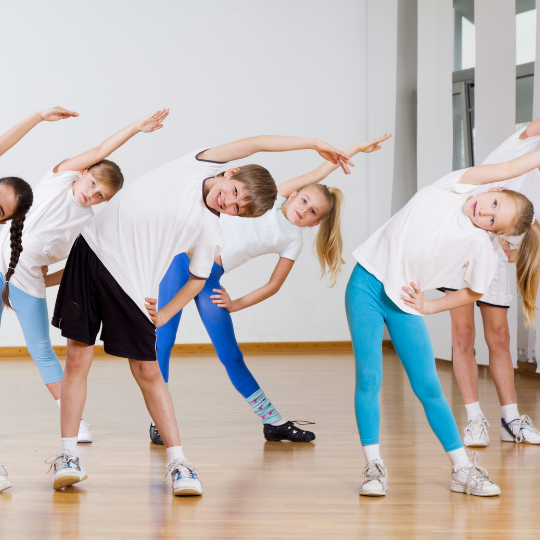Are children exercising enough? – The decline in fitness and physical education lessons in UK adolescents
Elite point of view
Over the past few years we have seen a decline in the amount of physical activity that young children and adolescents do, especially in school PE lessons. To stay healthy it is currently recommended that children and adolescents do at least 60 minutes of moderate to vigorous physical activity daily. However, now only 21% of boys and 16% of girls in England are meeting current recommendations. A report by the world health organisation (WHO) concluded that 80% of children between the ages of 11 and 17 years old aren’t physically active enough. Due to the lack of involvement in physical activity, major health implications can occur, resulting in a higher risk of obesity and diabetes. Research has also shown that this can impact children’s mental health and well-being along with their academic performance during school.
Due to the rapid advance in technology over the past decade children have access to a wider range of screens such as; phones, computers, game consoles and many more. Therefore screen time has contributed to the decline in children exercising as its become a significant barrier to children getting involved in sport.
The five major components of health-related fitness are; cardiorespiratory endurance/fitness , body composition, muscular strength, muscular endurance and flexibility. The importance of achieving a physically active lifestyle that incorporates activity of a high enough intensity in adolescence, to improve cardiorespiratory fitness and musical strength is vital for healthy development because muscle strength and cardiorespiratory fitness (CRF) are related to cardiovascular disease. Muscle strength and cardiovascular fitness may be vital for achieving better cardiovascular and metabolic health, and for reducing the risk of diseases such as hypertension, diabetes and obesity in later life. Cardiorespiratory endurance is one of the most important components of physical fitness. This refers to the ability to perform dynamic exercise involving large muscle groups at moderate to high intensity for prolonged periods.
Sport during school is critical because sporting skills, strength, power and fitness are built in all young people. However, recent studies show that physical activity declines with age, especially when children make the transition from primary to secondary school. The findings from this article show that over the last six years muscle strength, cardiorespiratory fitness and muscle power have dropped. The changes in these health related fitness measures corresponded with a reduction in physical activity through taught PE hours across secondary schools in the UK.
Findings from todays data shows that very few children and adolescents are meeting the recommended activity guidelines. One factor contributing to this is the reduced opportunities for young people to be physically active. Data suggested that even though the amount of physical activity being taught through the school curriculum is declining, school is where the majority of PA is performed by children and adolescents and that this is largely in PE lessons. These PE lessons provide young people with the opportunity for regular PA and provide greater exposure to vigorous forms of PA. Therefore a programme of monitoring should be a priority in all school-age children and adolescents and interventions could be swiftly established in schools, which focus on increasing PE lessons frequency and duration.
We have the facilities here to help. We offer student memberships for children from age nine upwards. We have a wide range of other opportunities here at Elite Fitness that will get your child taking part in sport and fitness, these include; the variety of daily classes taught by our personal trainers (PT), one-to-one sessions with our PTs and some gym facilities such as; the cardio section, functional area and private fitness studio.
If you are a member of elite fitness you can bring your child with you to your gym session if they are 9-15 years old for £1 through our “Quid a kid” scheme. This way you still get your gym session in and your child can do take part in exercise and have some fun. It also gives them an opportunity to learn new skills and fitness movements in a safe and fun environment
Summary of Study – “Declining fitness and physical education lessons in UK adolescents”
The aim of this study was to determine recent trends in health-related fitness (HRF) in secondary school students. Over six years the 13 and 14 year olds were studied repeatedly whilst looking into national trends in physical education (PE).
A number of fitness tests were conducted which included; height, weight, broad jump, grip strength, 20m shuttle run and throwing and catching skills. These were all tested using standardised techniques. The number of PE lessons reported in the annual census for all UK secondary schools were also analysed.
Over the years the results from the fitness tests declined parallel with a reduction in secondary school PE. The study concluded that declines were observed across all young people.
If you would like to read the full article click the link below:
, et al

